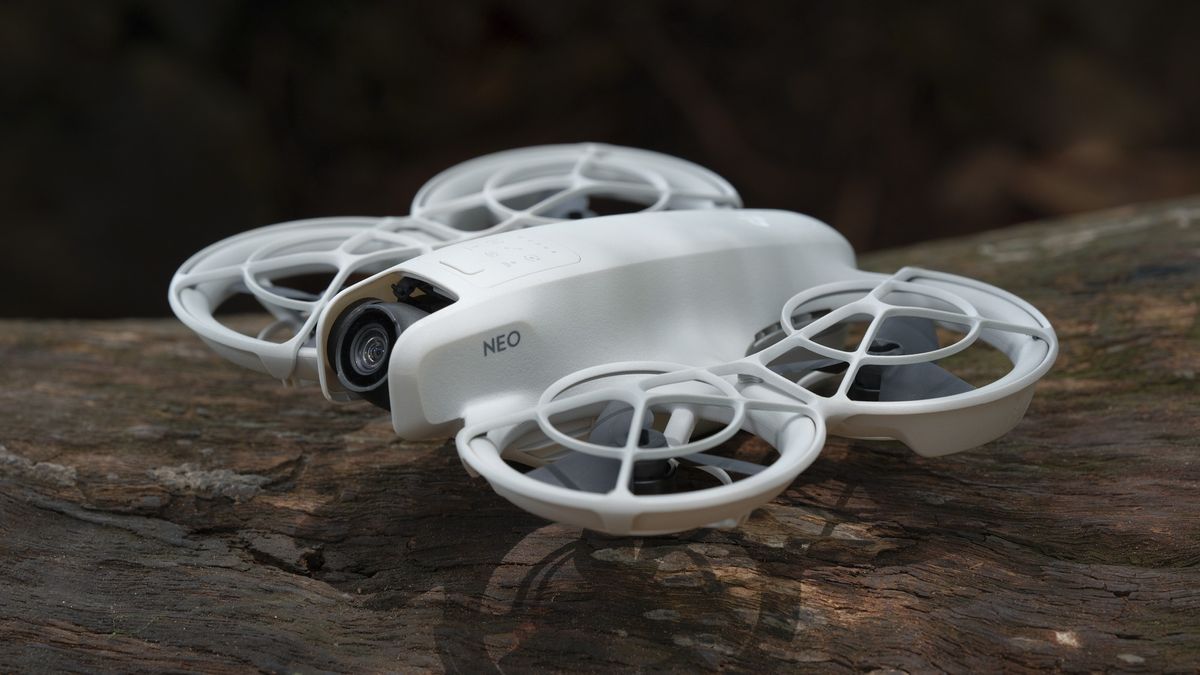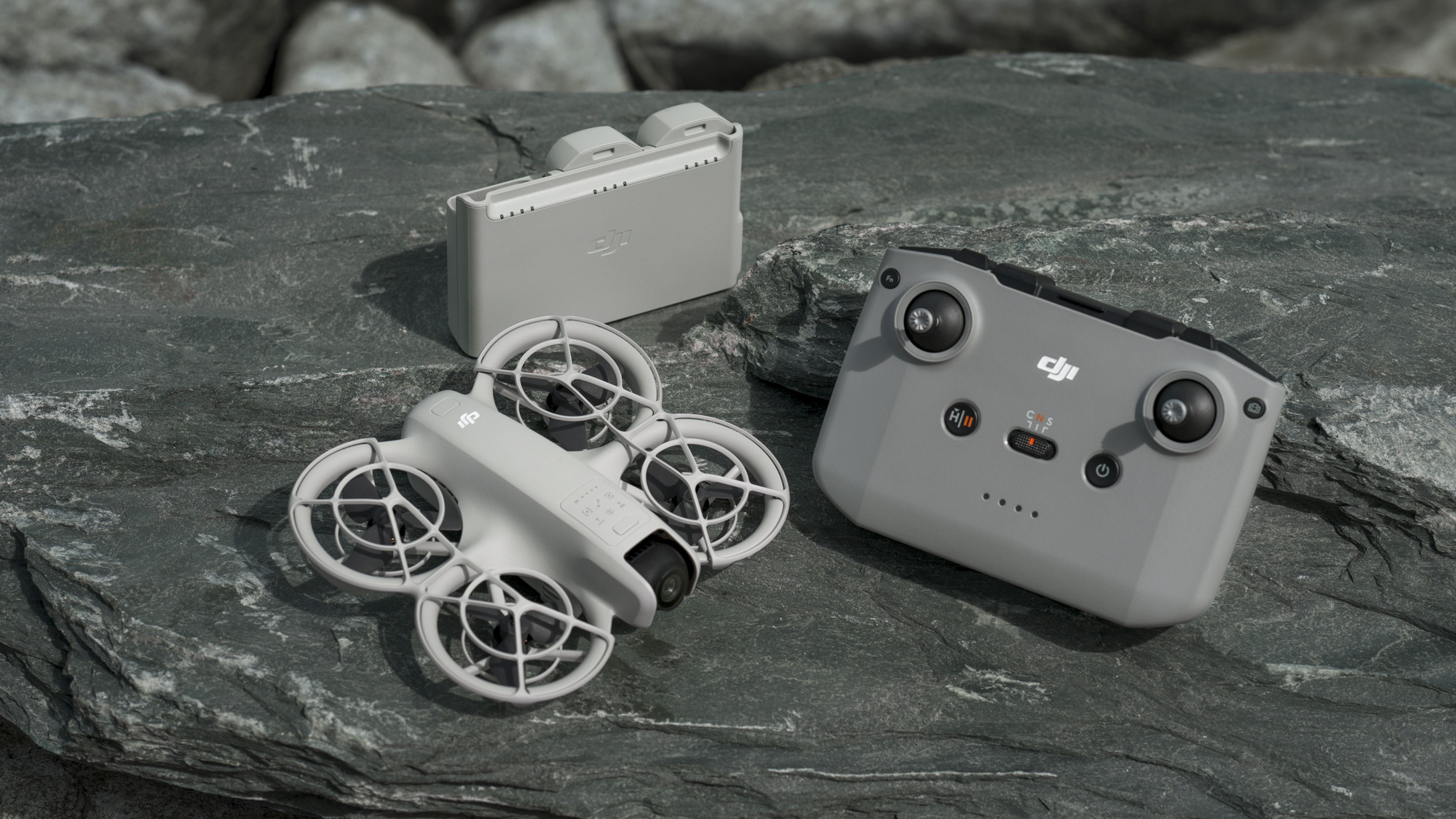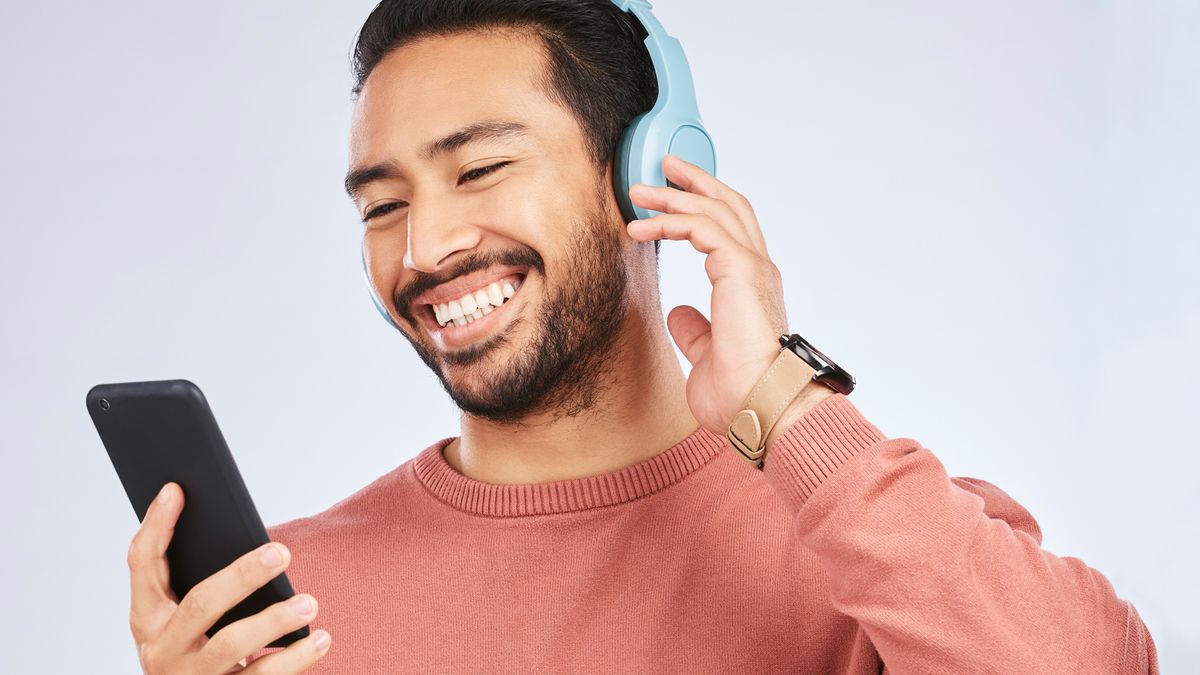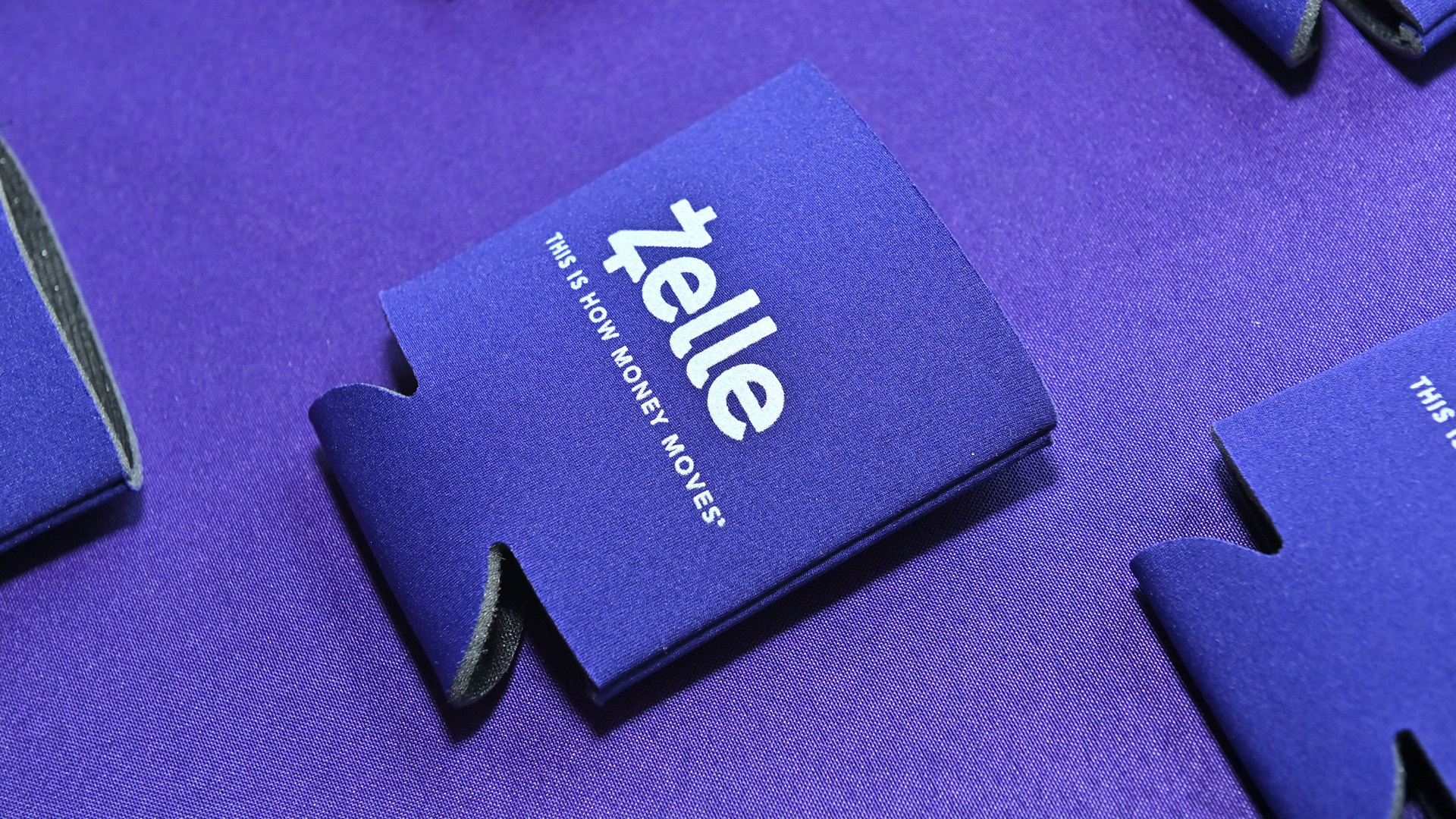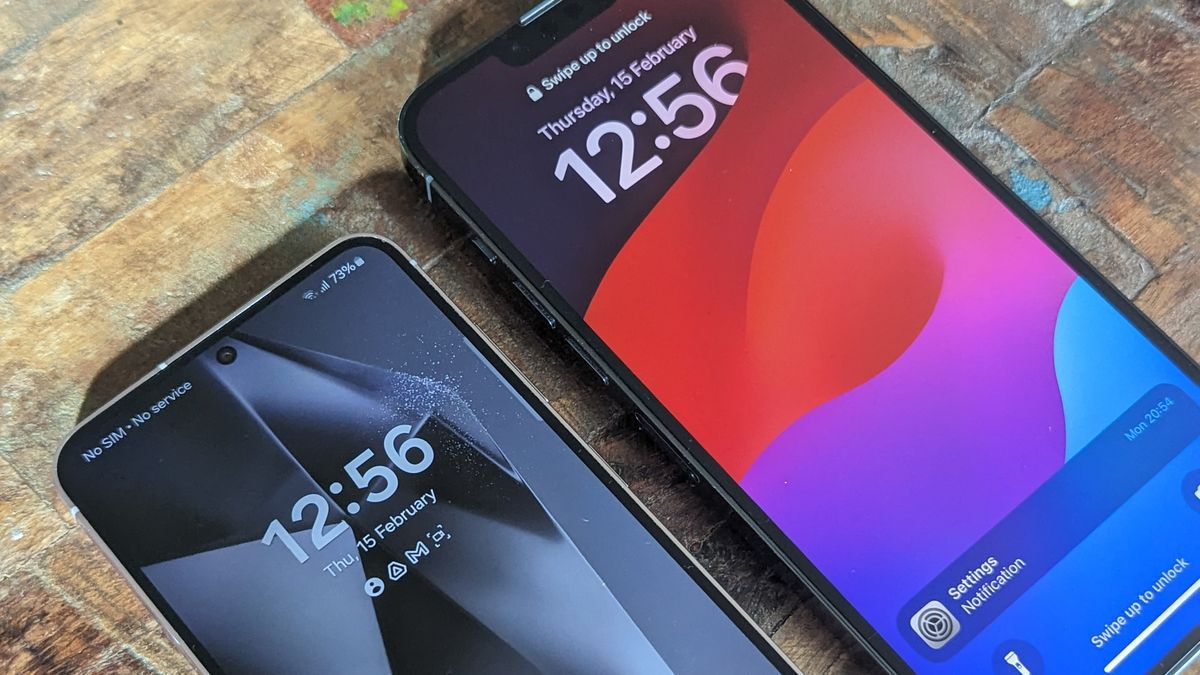DJI has enjoyed near-total dominance of the global consumer drone market for years, but more recently a couple of competitors have identified a gap in DJI's lineup (small selfie/FPV drones) and have exploited this space to offer this new line of beginner-friendly drones.
HoverAir’s X1, whose successors have just been announced in the form of the Apple-like-named X1 Pro and X1 Pro Max, and BetaFPV’s Cetus X both received positive reviews last year. Now, DJI is looking to take on those rivals with its latest model, the aggressively priced Neo, which is its smallest and lightest 4K drone yet.
Weighing just 135g, the Neo can take off from the palm of your hand and capture stabilized 4K video with AI subject tracking and DJI’s Quickshots feature. It can follow you and stay close, keeping you in the center of the frame for different selfies, plus it can perform six automated flight movements – Boomerang, Helix, Circle, Rocket, Dronie and Spotlight – before returning to your palm.
It can be controlled without a remote controller or paired with DJI’s Fly app, remote controllers and FPV goggles, as well as operated by voice, while its small size and propeller guards allow it to safely maneuver in tight spaces.
The DJI Neo also has a tempting standalone price of just $199 / £169 / AU$299 – in fact, I’d say that’s a pretty aggressive price. The Neo Fly More Combo kit (which includes three batteries and an RC controller) costs £299 / AU$539 but isn’t available in the US, where there’s a Combo kit instead (three batteries, no controller) for $289.
Neo knows kung fu
Sitting somewhere between the beginner-friendly Ryze Tello drone and DJI's FPV drone, the DJI Avata 2, the Neo is designed to be as simple a drone as any other, equipped with impressive flight and camera features to quickly elevate your flying and aerial content skills.
The simplest option for flying is to select your desired shooting mode from the drone's mode button, after which the Neo takes flight from your palm, capturing 4K 30fps / 1080p 60fps video or 12MP photos, before returning to your hand, all without the use of a remote controller.
Alternatively, you can control Neo using the Fly app on your phone using virtual joysticks, or explore FPV piloting using DJI Goggles (which cost extra).
Whether you want to be intelligently tracked as you move or after some cool overhead flying moves – like Boomerang, which sees the Neo fly in an oval pattern around you – the idea is that you won't need any prior drone experience to get the aerial shots you like.
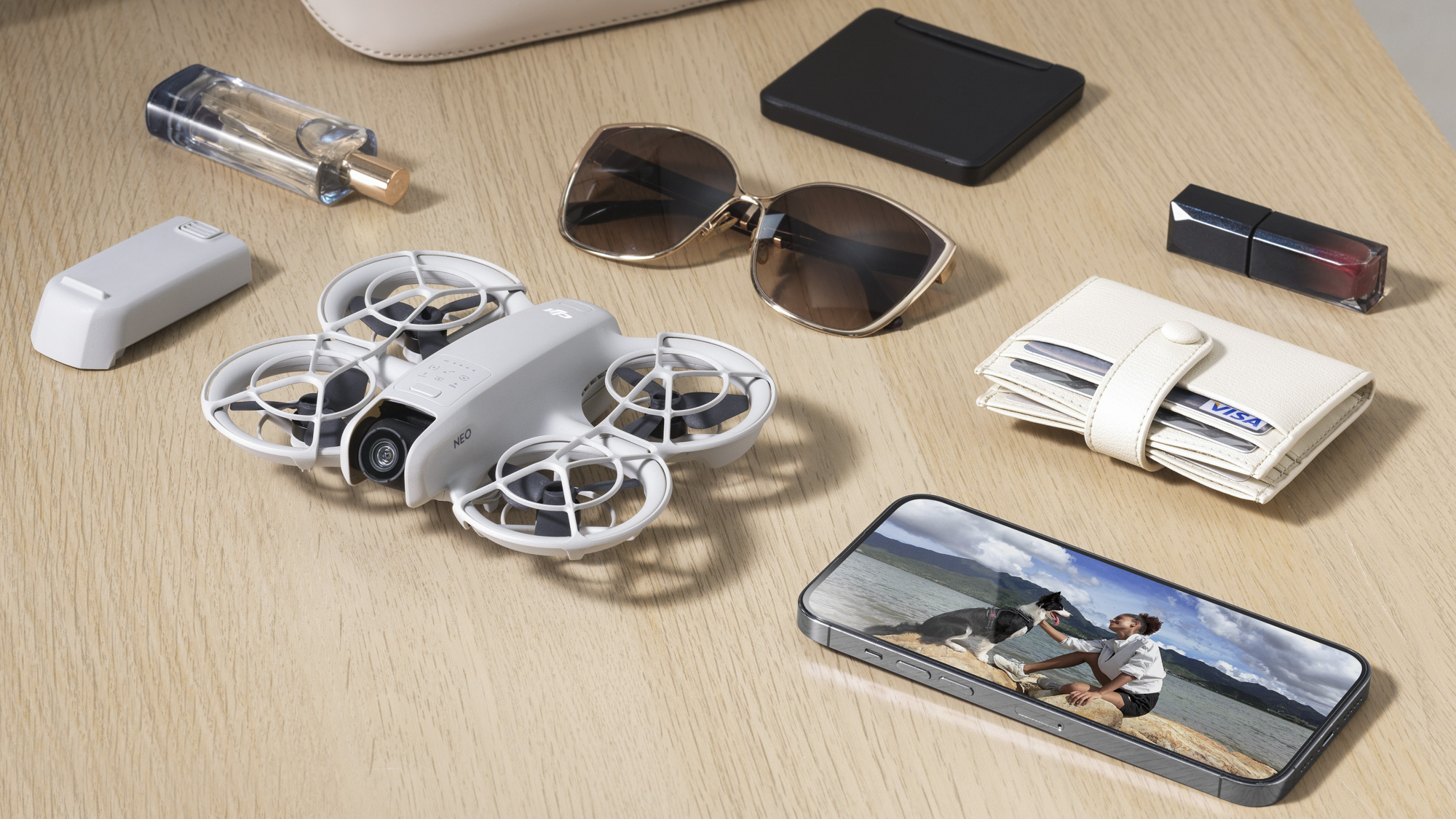
According to DJI, the Neo can hover in wind conditions up to level 4 thanks to its single-axis stabilization. It has 22GB of internal storage, which is equivalent to about 40 minutes of 4K video or 55 minutes of 1080p video.
There's a built-in microphone if you want audio too, and the app automatically removes propeller noise, while if you're concerned about audio quality you can connect a Bluetooth microphone like the DJI Mic 2.
We're in the early stages of our full review of the DJI Neo. If it lives up to its impressive specs, it could be the gateway to piloting and aerial photography for a new wave of beginners.

